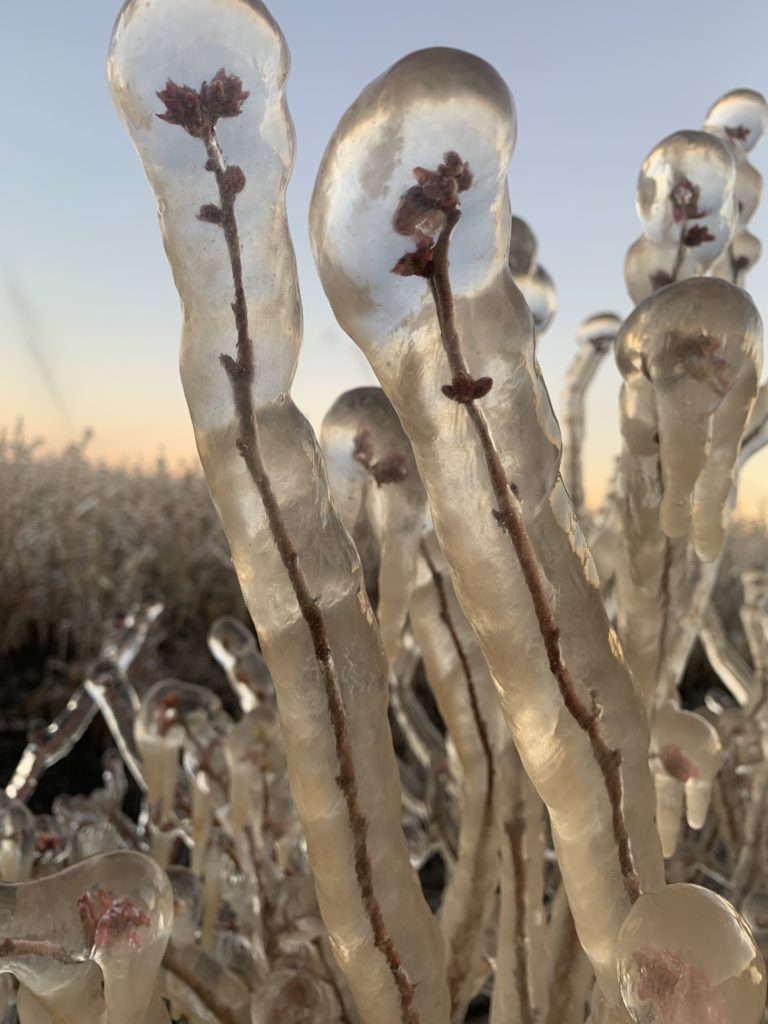By Clint Thompson

Most of Georgia’s blueberry crop survived sub-freezing temperatures two weeks ago. Only the early Southern Highbush varieties received damage, says Renee Holland, University of Georgia area Extension agent for commercial blueberries.
“There’s different species that we grow in Georgia, the Southern Highbush blueberry and the Rabbiteye blueberry. The Rabbiteyes look fine. The flower buds are still tight. The Southern Highbush, some of the earlier varieties that had pushed out already, their later stages were affected by the freeze,” Holland said.
More time is needed to tell if additional damage will be observed.
“We’re talking later stages, stage 5 flower bud, open bloom stage 6. It’s kind of hard to tell with the earlier stages right now. We’ve stayed cold. When we warm up, we’ll start to see a little bit more,” Holland said.
Holland estimates that Georgia’s crop is about two weeks early due to warm temperatures in December that caused some bushes to break dormancy sooner than expected. It was frigid across Southeast Georgia where blueberries are produced on the morning of Jan. 30. Ryder Godfrey, a blueberry farmer in Homerville, Georgia, said temperatures dropped as low as 20 degrees Fahrenheit on his farm. But he heard some reports as low as 18 degrees in the area.
“It could have been worse if all the early-mid and late varieties had pushed out, if Rabbiteye had pushed out as well. Fortunately, we must not have enough chill hours for Rabbiteye. They have not broken dormancy yet,” Holland said.










